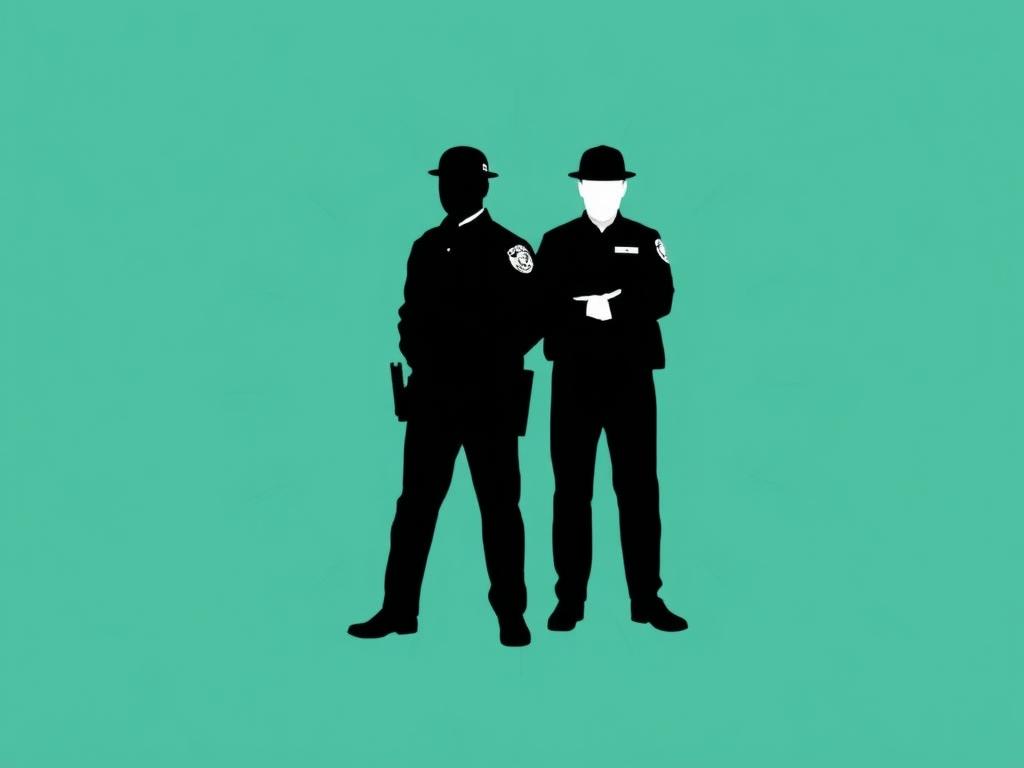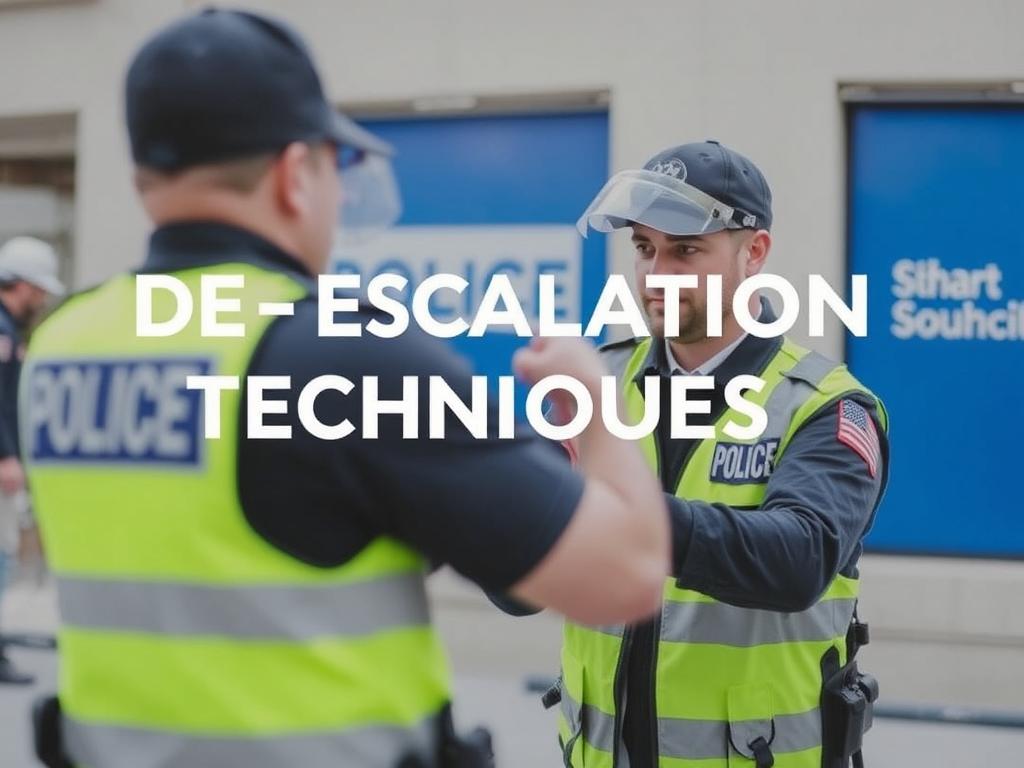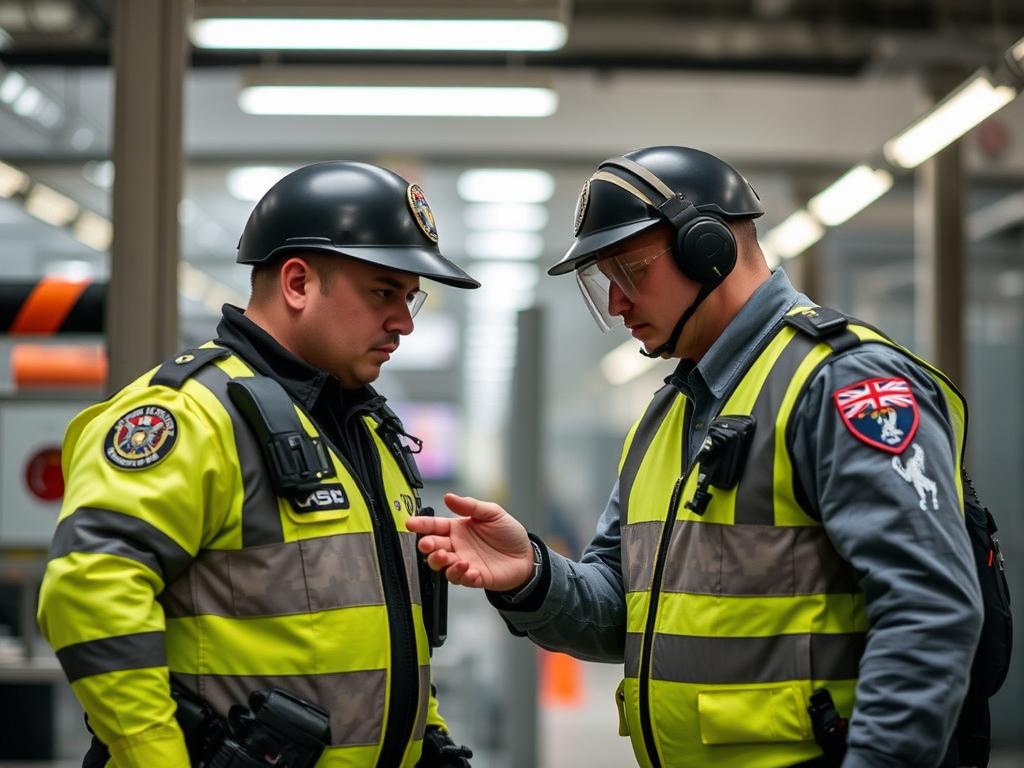Understanding the Importance of De-escalation in Security
Security guards in Canada play a crucial role in maintaining safety and order in various environments, from shopping malls and office buildings to events and transportation hubs. One of the most valuable skills for any Canadian security guard is mastering de-escalation techniques. Why? Because reducing tension before a conflict turns violent can save lives, prevent injuries, and create a safer atmosphere for everyone involved. De-escalation isn’t just about talking someone down — it’s about understanding human behavior, communication, and managing potentially volatile situations.
In Canada, where diverse cultures and backgrounds mix, communication and empathy become even more important. Security guards need to be equipped with a solid set of de-escalation tools to handle different scenarios — whether it’s calming down an agitated individual or preventing a confrontation from escalating. These skills not only protect others but also reduce liability and foster trust between security personnel and the public.
What Does De-escalation Mean for Security Guards?
At its core, de-escalation refers to the process of reducing the intensity of a conflict or potentially violent situation. For Canadian security guards, this means applying techniques that calm agitated individuals, diffuse anger, and prevent physical confrontations. It involves recognizing early signs of aggression, listening actively, and responding with control and empathy. Successful de-escalation means the situation ends peacefully, without force or arrests if possible.
Security guards often face challenging encounters — someone under the influence of drugs or alcohol, someone frustrated over a policy or decision, or even a person experiencing a mental health crisis. Knowing how to manage these moments using de-escalation not only keeps everyone safer but also aligns with Canada’s commitment to respect and dignity for all people.
Key Principles Behind Effective De-escalation

Before diving into specific techniques, it’s important to understand the foundational principles of de-escalation. These guide the guard’s behavior and approach:
- Stay Calm: Your demeanor sets the tone. Keeping calm and composed helps measure the situation and prevents adding fuel to the fire.
- Empathy and Respect: Treat people with respect, even if they’re upset. Showing empathy can often defuse anger.
- Active Listening: Pay close attention to what the person is saying and how they express themselves to understand their needs and emotions.
- Non-Threatening Body Language: Avoid aggressive stances, maintain an open posture, and keep a comfortable distance to avoid intimidating the person.
- Clear Communication: Use simple, clear language without jargon or commands that may be misinterpreted.
- Maintain Boundaries: Respect personal space and set clear limits without being confrontational.
These principles form the backbone of all successful de-escalation techniques and help create an environment where conflict is less likely to explode.
Common Scenarios Calling for De-escalation

Canadian security guards encounter various situations where de-escalation skills come into play. Understanding these common scenarios helps guards prepare:
| Scenario | Description | Potential Risks |
|---|---|---|
| Angry Customer or Visitor | Someone upset about services, waiting times, or staff behavior. | Verbal abuse, physical threats, disruption of operations. |
| Intoxicated Individual | Person under the influence acting unpredictably or aggressively. | Violence, injury to self or others, property damage. |
| Mental Health Crisis | Person experiencing anxiety, psychosis, or emotional distress. | Self-harm risk, aggression, difficulty communicating. |
| Group Conflicts | Disputes among groups or crowds, such as protests or sports events. | Escalation to fights, property damage, chaos. |
| Unauthorized Entry or Trespassing | Individuals attempting to enter restricted areas. | Resistance, confrontation, property breaches. |
Being ready and confident in applying de-escalation techniques during these scenarios helps ensure peaceful resolutions.
Effective De-escalation Techniques for Security Guards
Now, let’s explore specific de-escalation techniques every Canadian security guard should know and practice:
1. Use Calm and Controlled Verbal Communication
Words are powerful tools. The tone of voice, choice of words, and speech pace all influence how the other person reacts. When dealing with a tense individual, speak softly, avoid shouting or sounding impatient, and choose positive language. For example, instead of saying «Calm down,» which can feel dismissive, try «I’m here to help you. Let’s talk about what’s bothering you.»
2. Practice Active Listening
Active listening means fully engaging with the speaker’s words and emotions. Nodding, maintaining eye contact without staring, and paraphrasing what you heard confirms that you understand. Saying things like, “I hear that you’re frustrated about the wait time” shows empathy and gives the person a sense of being respected.
3. Maintain Appropriate Body Language
Nonverbal cues often speak louder than words. Avoid crossing your arms, standing too close, or making sudden movements. Instead, keep your hands visible, stand at a safe distance, and exhibit open body language to avoid triggering defensive reactions.
4. Manage Personal Space and Safety
Respecting distance is crucial. People under stress can feel threatened if you invade their personal space. Standing about an arm’s length away provides safety while not being intimidating. If the person moves closer aggressively, you may need to create distance cautiously.
5. Avoid Arguing or Challenging
While it’s tempting to correct misconceptions or argue when provoked, this often escalates conflict. Instead, acknowledge the person’s feelings without agreeing or disagreeing with claims. Use phrases like “I understand why you feel this way” instead of debating facts.
6. Provide Options and Engage Cooperation
Giving the individual choices, rather than ultimatums, encourages collaboration. For example, “Would you prefer to step outside to discuss this privately?” invites cooperation and shifts the tone from confrontation to negotiation.
7. Know When and How to Call for Backup
Despite best efforts, some situations may escalate beyond one person’s control. Knowing when to call for additional security or emergency services is critical. Use your radio calmly, clearly state the nature of the situation, and provide exact location details.
8. Employ Distraction and Redirection
Sometimes shifting the person’s focus away from the stressor reduces tension. For example, talking about something unrelated – weather, sports, or an upcoming event – can break the cycle of anger and give the individual a moment to cool down.
Special Considerations for De-escalation in Canada
Canada’s multicultural society means security guards will encounter people from diverse backgrounds and experiences. Cultural sensitivity and inclusivity are vital in de-escalation. Here are some important points:
- Language Barriers: Use simple language and avoid slang that may confuse non-native speakers. Use gestures and a calm voice to aid communication.
- Cultural Norms: Some cultures may have different interpretations of eye contact, personal space, or gestures. Being aware and adapting can reduce misunderstandings.
- Mental Health Awareness: Canada prioritizes mental health support. Recognize signs of mental health crises and respond with patience and empathy, connecting individuals to specialized help if needed.
- Legal Aspects: Canadian security guards must operate within the legal framework, respecting rights and regulations. Using excessive force or failing to de-escalate properly can have legal consequences.
Training and Continuous Improvement
Mastering de-escalation isn’t a one-time effort. Regular training and practice help Canadian security guards stay sharp and prepared. Many employers and training organizations offer workshops and simulations to build these skills. Role-playing tricky scenarios can boost confidence and teach new techniques.
Key elements of effective training include:
- Understanding the psychology behind aggression and conflict.
- Communication exercises focused on verbal and nonverbal skills.
- Learning how to handle mental health issues and substance-related encounters.
- Legal knowledge related to use of force and citizen rights.
In addition to formal training, guards benefit from learning from real experiences — debriefing after incidents, sharing feedback with colleagues, and reviewing successful and unsuccessful de-escalation attempts.
Technological Tools Supporting De-escalation

While techniques themselves are human-centered, security guards in Canada can leverage technology to assist in de-escalation efforts:
| Tool | Description | How It Aids De-escalation |
|---|---|---|
| Body Cameras | Record interactions between guards and individuals. | Encourages respectful behavior and provides evidence if needed. |
| Two-Way Radios | Allows instant communication with backup or supervisors. | Ensures timely assistance and reduces delays during emergencies. |
| Mobile Apps for Mental Health | Access to crisis intervention guidelines and resources. | Supports guards in recognizing and responding to mental health issues. |
These tech tools don’t replace interpersonal skills but enhance safety and accountability during tense moments.
Real-Life Examples of De-escalation in Canadian Security
To truly appreciate the importance of these techniques, consider some real-world situations where de-escalation made a difference:
- At a busy Toronto transit station, a security guard noticed an irate commuter yelling and threatening other passengers. Using calm speech and active listening, the guard allowed the person to vent and then offered assistance in resolving the delay issue. The situation calmed without the need for police intervention.
- During a Vancouver shopping center event, two groups began arguing loudly over parking spots. The lead guard approached, maintained neutral body language, and suggested an alternative parking area, redirecting the focus and preventing a potential brawl.
- A security guard in Calgary encountered an intoxicated individual outside a bar. Using firm but friendly language, the guard guided the person to a safe area and waited with them until a friend arrived, preventing harm or damage.
These cases show how everyday application of de-escalation benefits everyone involved.
Conclusion
De-escalation techniques are essential tools in every Canadian security guard’s arsenal. Understanding human behavior, communicating effectively, respecting cultural differences, and staying calm in challenging moments can prevent conflicts from escalating into dangerous situations. Continuous training, awareness of legal responsibilities, and using available technology all support these efforts. By mastering de-escalation, Canadian security guards not only protect people and property but also build trust and foster safer communities — embodying the principle that prevention and compassion can go hand in hand with maintaining security.